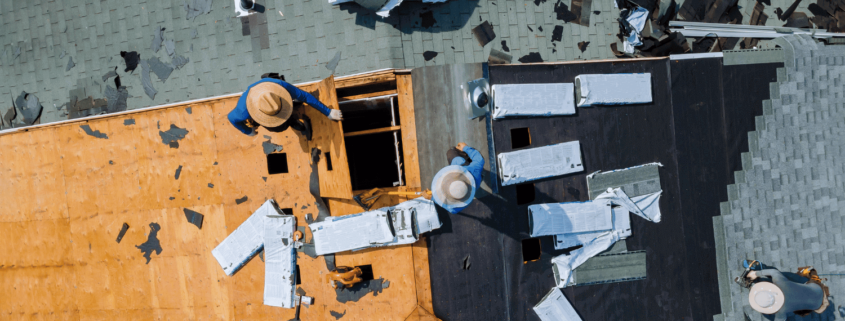Half Measures in Roofing: Can You Replace Only Half a Roof & Is It a Good or Bad Idea?
“Can you replace only half a roof is it a good or bad idea?” Opting for a partial roof replacement may appear cost-effective, but it’s a decision fraught with potential setbacks. This article zeros in on the critical aspects of why taking this halfway path could be more detriment than a solution, scrutinizing issues of durability, aesthetics, and the bigger financial picture.
Key Takeaways
-
Replacing only half a roof may initially seem cost-effective, but it leads to issues such as lifespan inconsistency, aesthetic challenges, and possibly higher long-term costs due to repeated maintenance and repairs.
-
Full roof replacement should not be compromised with the use of lower quality materials or subpar installation, as this can lead to roof failure, voided warranties, and increased future costs.
-
Considering more durable and energy-efficient roofing options or professional installation may lead to safer, more reliable, and cost-effective roofing solutions.
Why Replacing Only Half a Roof is Discouraged
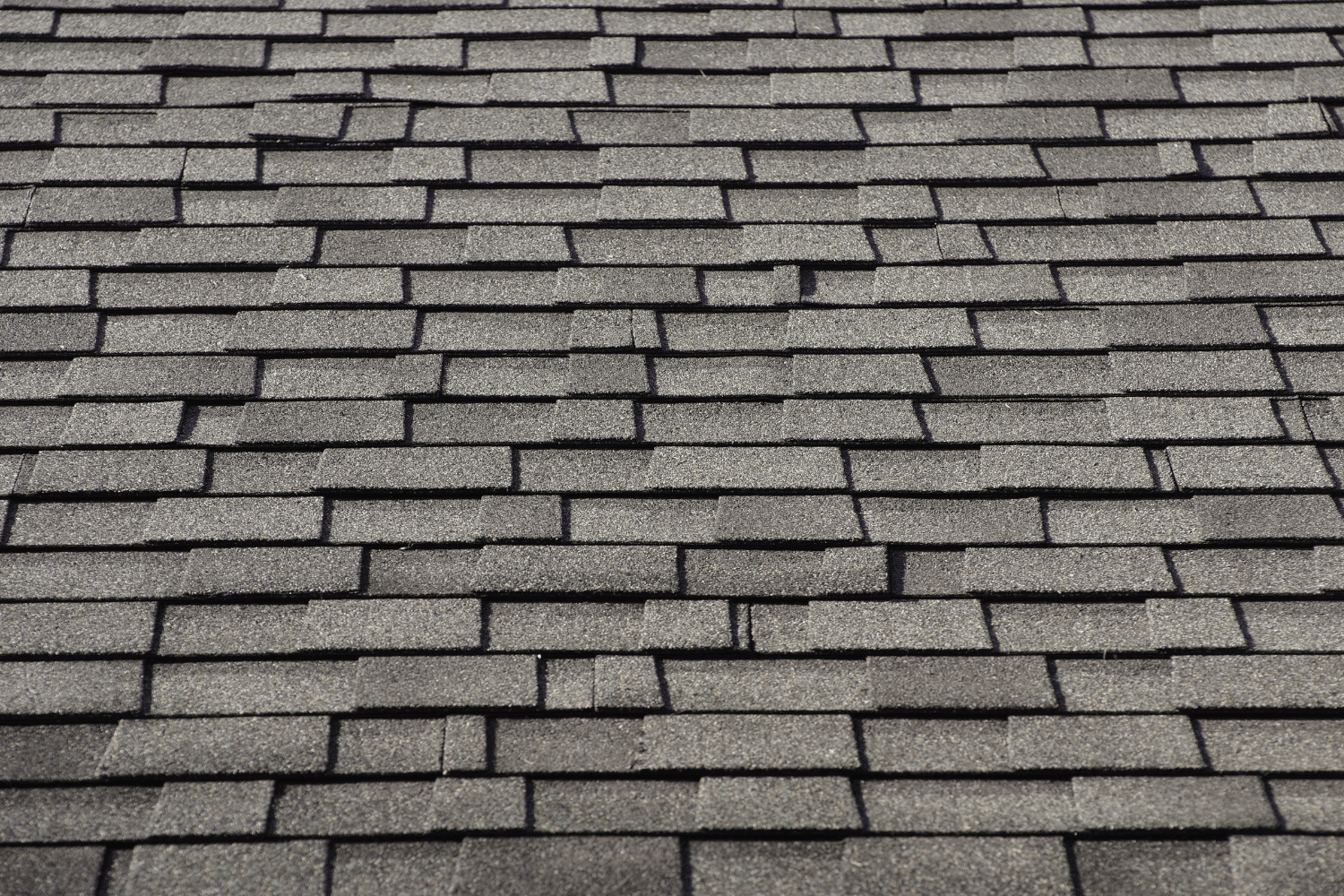
Think of replacing only half a roof as applying a band-aid to a deep wound. While it might appear as a quick fix, this approach only delays the inevitable need for a complete roof replacement. When you replace half your roof, you’re setting yourself up for a host of issues in the future. These issues can range from discrepancies in the lifespan of your roof to aesthetic challenges and even cost considerations.
Imagine having a clock where one half ticks faster than the other, causing a time discrepancy that magnifies with each passing moment. Similarly, when you replace only part of your roof, you’re inviting lifespan inconsistencies. The new half of your roof and the old half will age differently, causing a multitude of problems down the line.
Lifespan Inconsistencies
The issue with a half roof replacement lies in the new and old sections aging at different rates. When replacing half a roof, the older half, being more exposed to weather elements, will likely need repairs or replacement sooner than the new half. This uneven aging can lead to a continuous cycle of maintenance, which is both time-consuming and costly.
As the older half of your roof begins to fail, it undermines the integrity of the entire roofing structure. Consequently, the overall lifespan of your roofing system is significantly shortened. This means that your efforts to save money by replacing only half your roof may end up costing you more in the long run.
Aesthetic Challenges
Another vital factor to consider in partial roof replacement is your home’s aesthetic appeal. Have you ever seen a house with mismatched roofing materials? It’s like wearing mismatched shoes – it’s noticeable and, quite honestly, looks odd.
Mismatched shingles from different production batches can lead to color distinctions that create a visually unappealing roof. Even when addressing minimal damage, a partial replacement can cause a noticeable inconsistency in shingle appearance. This not only affects your home’s curb appeal but can also negatively impact its market value.
Cost Considerations
Shall we discuss cost implications? It’s easy to assume that replacing only half a roof would save you money – after all, you’re only paying for half the materials and labor. But the reality is often quite different. The initial cost savings from a partial roof replacement might be offset by long-term expenses.
Consider this – frequent partial replacements can end up being more costly than a single full replacement, especially when you factor in labor costs and contractor’s overheads. Fluctuating prices due to factors such as roof design complexity and seasonal timing can further escalate these costs. And let’s not forget the potential extra expenses due to unseen damages in the older, unreplaced sections of the roof.
The Risks of Cutting Corners in Roof Replacement
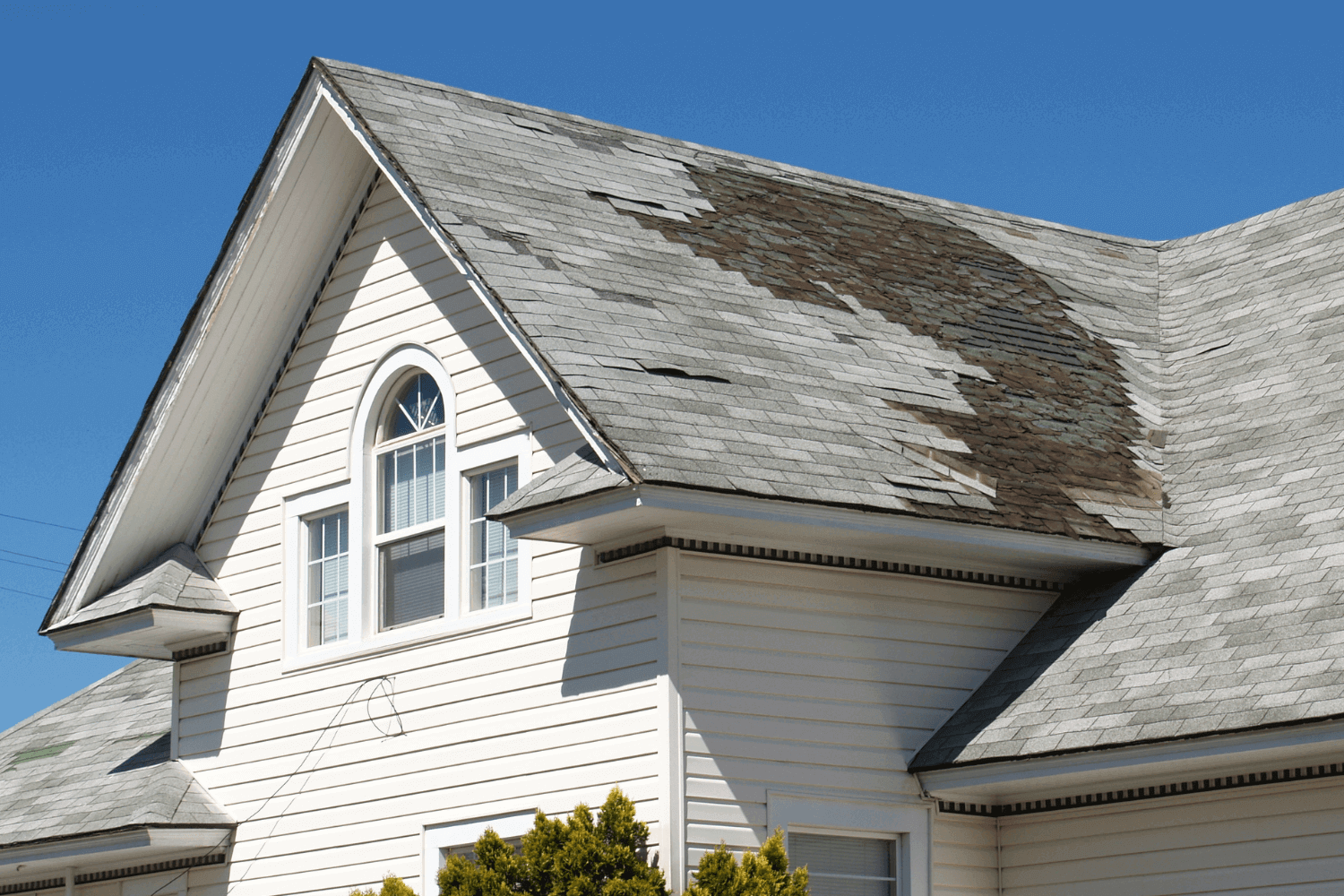
Having established the drawbacks of replacing only half a roof, let’s examine the risks associated with cutting corners in roof replacement. These risks include compromised quality materials, subpar installation, and warranty limitations – all of which can lead to unwanted headaches in the future.
Opting for partial roof replacement might tempt you to cut costs by employing lower quality materials or less experienced labor. While this might seem like a smart move in the short term, it can have serious long-term consequences.
Compromised Quality Materials
Using compromised quality materials, such as lower-quality roof shingles, constitutes a significant risk when taking shortcuts in roof replacement. Lower-quality existing roofing materials are more susceptible to weather-related damages such as wind uplift, hail impact, and water penetration.
Inferior roofing materials may not adhere properly to the roof’s surface. This can lead to issues like blow-offs or tenting during extreme weather conditions. This is a classic case of “you get what you pay for”. By trying to save money upfront, you may end up paying much more in repairs and replacements down the line.
Subpar Installation
Another significant risk when skimping on roof replacement is subpar installation. An improperly installed roof can lead to a plethora of issues, including leaks, structural damage, and a decreased lifespan of the roof.
Imagine your surprise when, after a heavy rain, you find your living room flooded due to incorrect shingle alignment or improper nailing during the installation process. Even worse, such shoddy installation practices can void your warranty, leaving you with no recourse for the incurred damages.
Moreover, contractors may find it more difficult to assess damage and perform repairs on roofs with sections of different ages. This could necessitate more partial replacements as the older section wears out faster, leading to a vicious cycle of repairs and replacements.
Warranty Limitations
On the topic of warranties, are you aware that partial roof replacements frequently offer limited warranty coverage? This means that if anything goes wrong with your roof in the future, you may have to dig deep into your pockets to cover the repair costs.
Executing a partial roofing project may lead to the cancellation of current warranty agreements, which often stipulate full replacement for coverage retention. In addition, a lack of proper warranty protection after partial roofing installations increases the likelihood of homeowners enduring additional expenses for unexpected future issues.
Viable Alternatives to Partial Roof Replacement
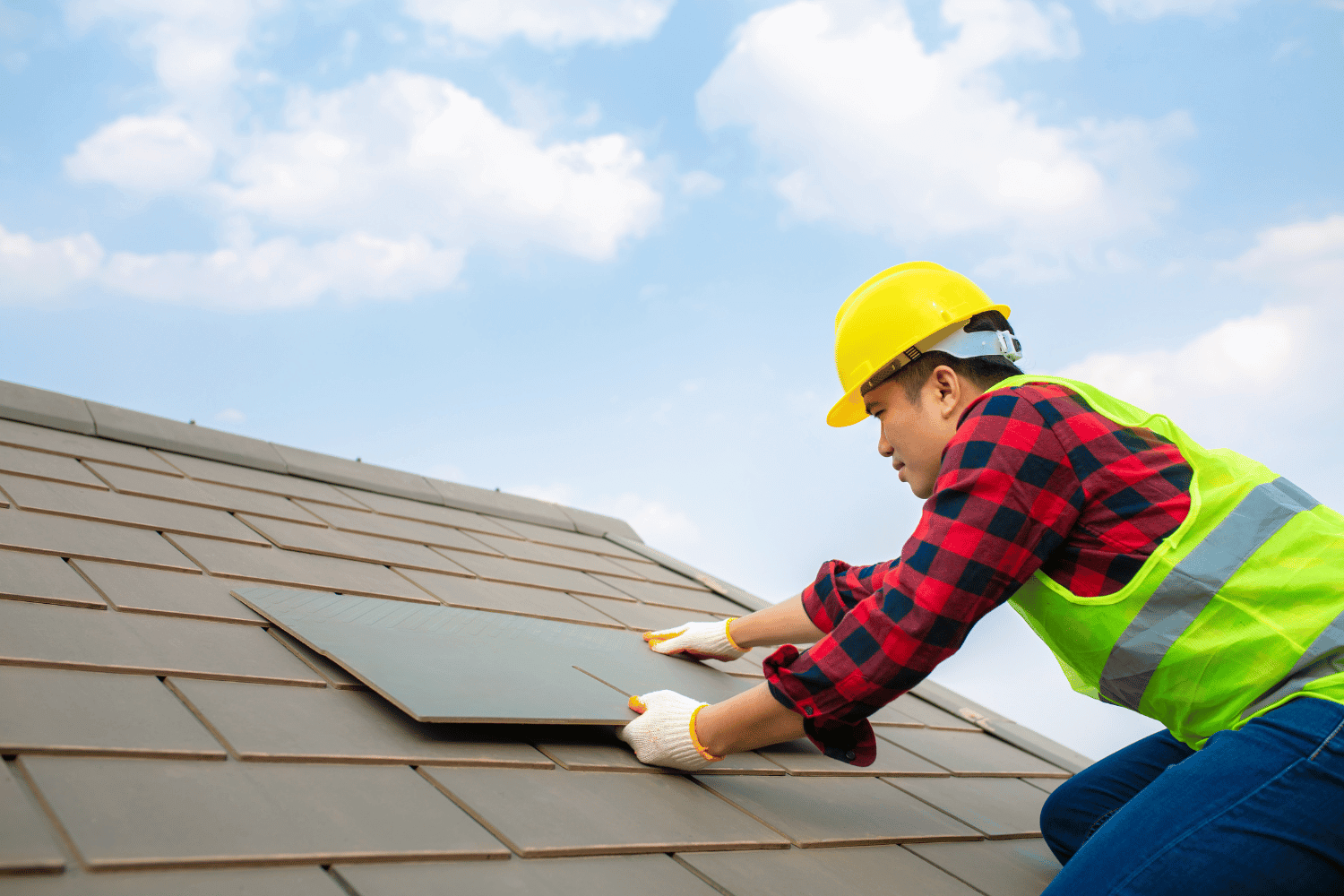
Having discussed the drawbacks of half-roof replacements and the risks of shortcutting the process, let’s now explore some feasible alternatives. These alternatives include:
-
Patching damaged sections
-
Adding a second layer to your existing roof
-
Considering more durable and energy-efficient options like solar tiles or metal roofing.
Each of these alternatives has its pros and cons, and the best option for you will depend on factors such as the current condition of your roof, your budget, and your long-term plans for your property.
Patching Damaged Sections
If your roof has minor damage, such as a few missing shingles or a small leak, a roof repair, like patching the damaged sections, might be a suitable solution. Proper surface preparation is vital for patching with roof coatings, including removing moisture-saturated substrate and repairing as needed.
However, patching is not a suitable solution for extensive damage or roofs that are older and nearing the end of their lifespan. In such cases, patching would only serve as a temporary fix, and a complete roof replacement would be inevitable.
Second Layer Installation
Another alternative to partial roof replacement is adding a second layer to your existing roof or considering a full roof replacement, which essentially gives you a new roof. This can be a cost-effective way to extend the life of your roof and provide additional weather protection. However, before you decide on this option, you should check with local building codes to ensure that it’s allowed.
Before installing a second layer, an expert roofing contractor should assess the condition of the existing roof to determine if it’s a viable option. The type of existing roofing system critically affects whether it is suitable for a second layer in the form of a roof coating.
Solar Tiles and Metal Roofing
If you’re looking for a long-term solution, you might want to consider more durable and energy-efficient options like solar tiles or metal roofing. Though the upfront cost for these materials is higher, they provide excellent durability and can significantly reduce your energy bills.
A roof made with high-quality materials such as solar tiles or metal can help maintain a comfortable interior temperature, leading to lower energy costs. Moreover, these materials can significantly increase your home’s market value, making them an excellent investment.
Benefits of Hiring Professional Roofers
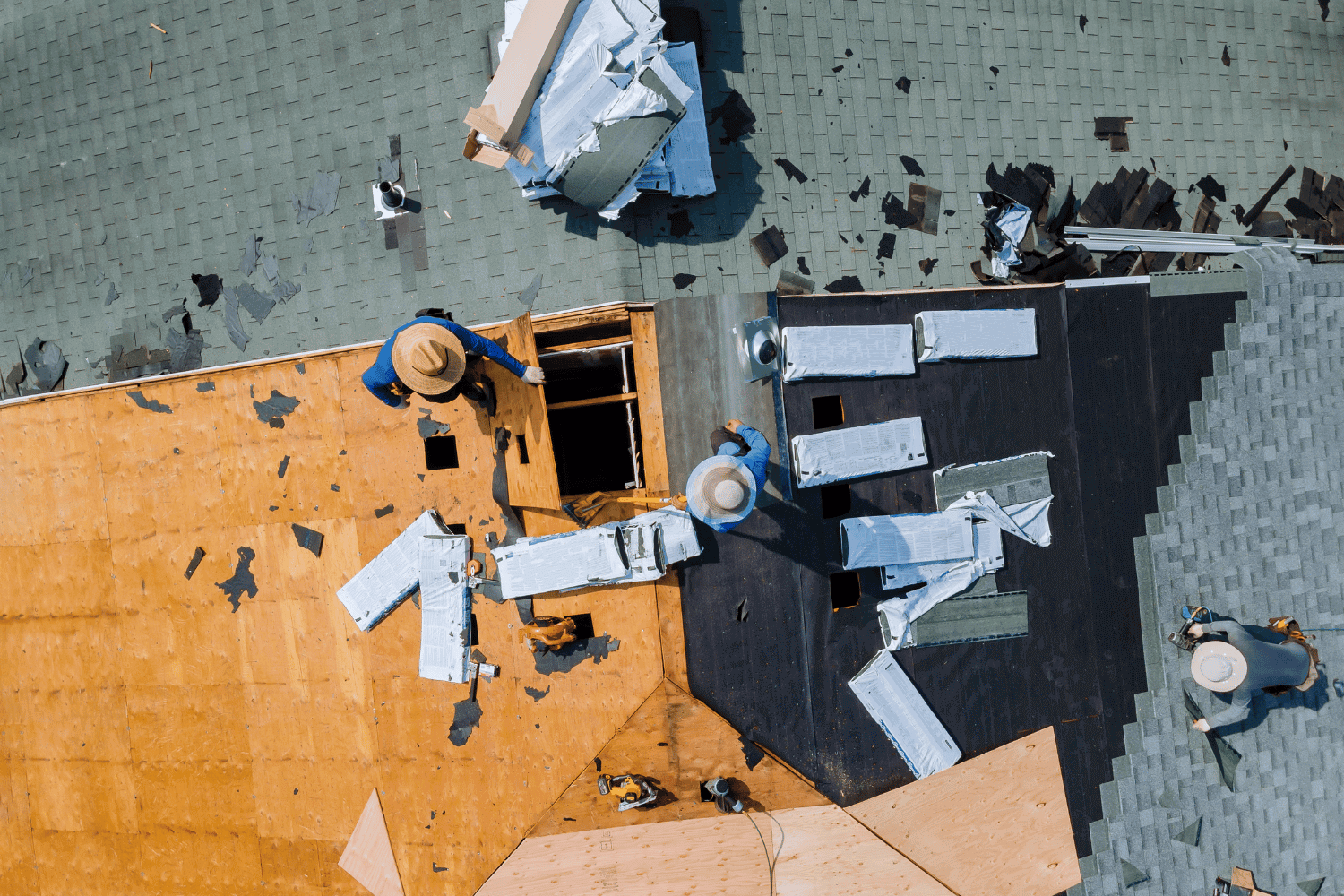
Regardless of whether you choose to replace your entire roof or select one of the alternatives, hiring professional roofers is a must. These experts bring a wealth of knowledge and experience to the table, along with a commitment to safety, quality, and customer satisfaction.
Hiring professionals like Rapid Roofing, a residential roofing contractor with over 30 years of experience, ensures that your roof replacement project will be handled with the utmost care and professionalism.
Ensuring Safety
Roof replacement is not a DIY project. It involves significant risks, including working at heights, handling heavy materials, and dealing with potentially hazardous conditions. Professional roofers are trained in safety protocols and use specialized equipment to mitigate these risks.
From using fall arrest gear and roof brackets to wearing personal protective equipment (PPE), professional roofers like the team at Rapid Roofing ensure that the job is done safely and efficiently. This leaves you free to focus on other important things, knowing that your roof is in good hands.
Saving Time and Money
Aside from ensuring safety, hiring professional roofers can also save you time and money. They work efficiently to meet deadlines, helping you avoid delays that might expose your home to weather damage. Moreover, they have established relationships with suppliers, allowing them to obtain materials at lower costs and pass the savings on to you.
In addition, professional roofers like Rapid Roofing offer free estimates and a full warranty as a GAF MasterElite contractor. This means you can have peace of mind knowing that your investment is protected.
Quality Materials and Service
Finally, and importantly, engaging professional roofers guarantees access to high-quality materials and service. Experienced roofers use the right products and techniques to ensure your roof remains in excellent condition for a long time.
Professional roofers offer critical guidance to homeowners, including:
-
Choosing the right roofing materials
-
Following the latest roofing trends
-
Providing regular inspections to maintain your roof’s optimal condition
-
Ensuring a durable and long-lasting roof that enhances your home’s curb appeal.
Summary
In conclusion, while replacing only half a roof might seem like a cost-saving solution, it often leads to more problems than it solves. From lifespan inconsistencies and aesthetic challenges to increased long-term costs, the drawbacks are numerous. Instead, consider other alternatives such as patching, adding a second layer, or investing in durable materials like solar tiles or metal roofing. And when you’re ready to proceed, hire professional roofers to ensure a job well done. After all, your roof is more than just a cover for your house – it’s a shield that protects your home and everything within it.
Frequently Asked Questions
Can you fix just a section of a roof?
It’s not recommended to fix just a section of your roof, as it may cause more harm and ultimately lead to additional expenses in the long run.
How do you remove part of a roof?
To remove part of a roof, use a garden fork or a specially notched roofing tear off shovel at the peak to tear away the ridge caps and top courses of shingles. You can find these tools on Amazon for added convenience.
Should I replace the whole roof?
If the damage to your roof spreads over more than 30 percent of the area, it’s best to opt for a new roof installation for a lasting solution. Assess the extent of the damage to make an informed decision.
What are the risks of cutting corners in roof replacement?
Cutting corners in roof replacement can lead to compromised quality materials, subpar installation, and warranty limitations, which can result in long-term problems.
What are some alternatives to partial roof replacement?
You can consider patching damaged sections, adding a second layer, or exploring options like solar tiles or metal roofing instead of partial roof replacement. These alternatives can help extend the life of your roof and improve its energy efficiency.

